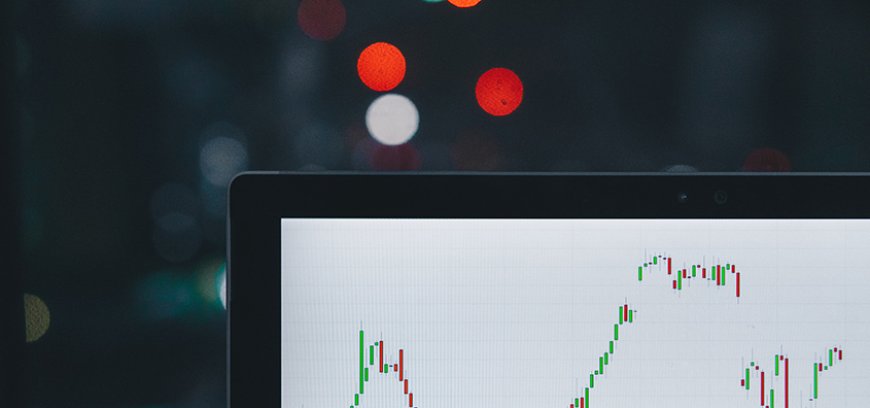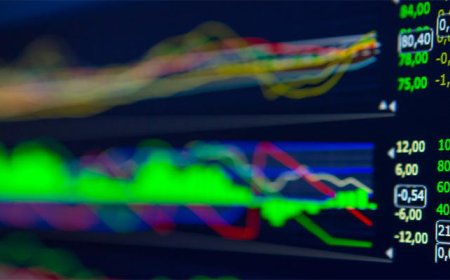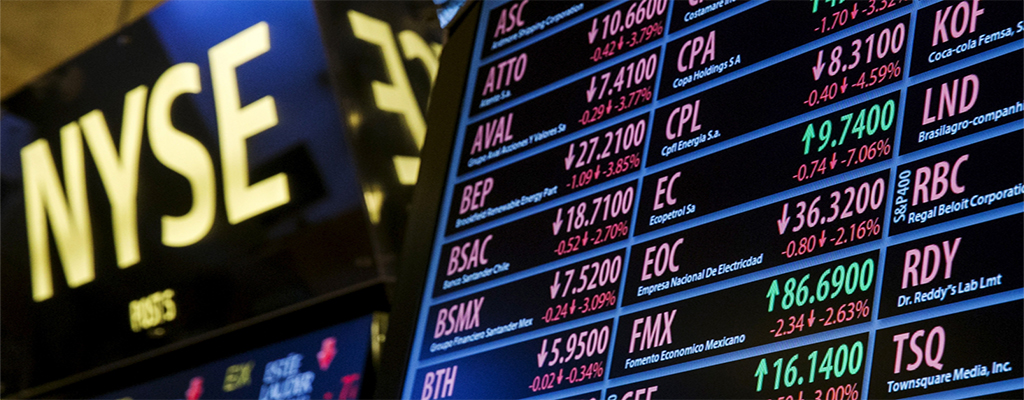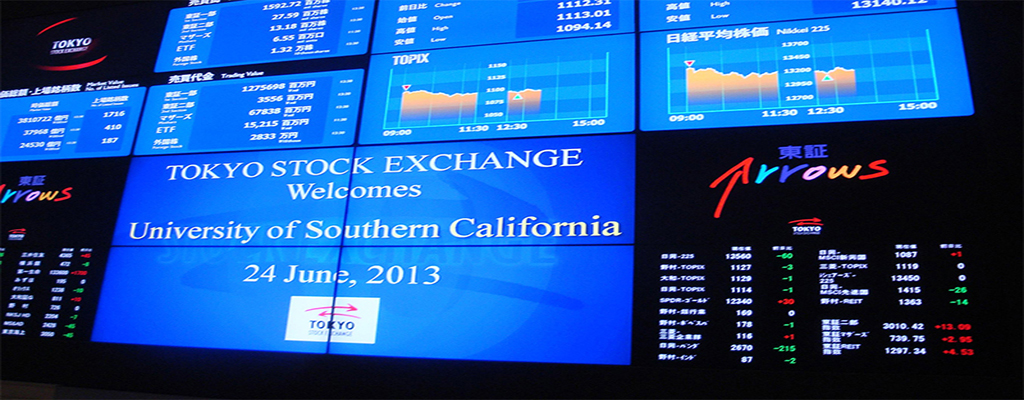TSX Set for Best Week in 7 Months

Energy stocks led Canada's main stock index higher on Thursday, as investors took stock of U.S.-Japan trade negotiations, although sentiment remained fragile amid tariff uncertainties.
The TSX Composite Index remained in the green 73.06 points to 24,179.85.
The Canadian dollar dipped 0.02 cents to 72.13 cents U.S.
Health-care stocks were among the cellar-dwellers Thursday, as Tilray Brands falling four cents, or 6.1%, to the bottom of the benchmark index at 62 cents.
Speaking to reporters after the talks on Wednesday, Japanese representative Ryosei Akazawa gave few details but said the parties had agreed to hold a second meeting later this month and that Trump had said getting a deal with Japan was a "top priority".
On the economic calendar, Statistics Canada reported Canadian investors acquired $27.2 billion of foreign securities in February, led by a record investment in U.S. equity securities, which more than offset the significant divestment in these instruments in January.
Meanwhile, foreign investors reduced their exposure to Canadian securities by $6.5 billion.
Markets throughout North America are closed Friday for Good Friday.
ON BAYSTREET
The TSX Venture Exchange slipped 7.39 points, or 1.2%, to 631.48
Eight of the 12 subgroups were higher by noon EDT Thursday, led by energy, up 2.5%, telecoms, up 1.6%, and utilities, better by 0.8%.
The four laggards were weighed most by gold, down 2%, materials, weakening 1.5%, and health-care, wavering 1%.
ON WALLSTREET
The S&P 500 oscillated on Thursday, the last trading day of the week, as pressure on tech names persisted while UnitedHealth shares nosedived.
The Dow Jones Industrials crumbled 408.76 points, or 1%, to register at noon hour at 39,260.63, driven by a 23% decline in UnitedHealth following an earnings miss.
The much broader index forged up 27.19 to 5,302.89.
The NASDAQ Composite eked up 13.18 points to 16,320.34.
All three indexes are coming off back-to-back losses.
Nvidia retreated more than 3% on Thursday, building on its drop of nearly 7% in the previous session. The artificial intelligence darling on Tuesday disclosed a quarterly charge of about $5.5 billion tied to exporting its H20 graphics processing units, or GPUs, to China and other destinations due to U.S. export controls.
While UnitedHealth and Nvidia weighed on the market, other well-known stocks jumped. Eli Lilly surged more than 15% after delivering positive trial results for a weight-loss pill.
U.S.-listed shares of Taiwan Semiconductor popped around 1% on a strong quarterly financial report.
Those moves come after a sharp decline on Wednesday, led by tech names, that sent the Dow down nearly 700 points and the NASDAQ cratering more than 3%.
The major averages were headed for a losing week, which concludes with Thursday’s close as the market is dark for Good Friday. The Dow and NASDAQ have each lost more than 2% week to date, while the S&P 500 has shed more than 1%.
Chipmaking giant Nvidia retreated 1.5% on Thursday, building on its drop of nearly 7% in the previous session. The artificial intelligence darling disclosed a quarterly charge of about $5.5 billion tied to exporting its H20 graphics processing units, or GPUs, to China and other destinations due to U.S. export controls.
Stocks also took a hit on Wednesday after Federal Reserve Chair Jerome Powell said Trump’s levies could drive up inflation in the near term and are “likely to move us further away from our goals.” Powell said the central bank may find itself in a “challenging scenario” in which its dual-mandate goals — to achieve maximum employment and stable prices — are in tension.
Prices for the 10-year Treasury were up Wednesday, easing yields to 4.31% from Wednesday’s 4.28%. Treasury prices and yields in opposite directions.
Oil prices took on $1.91 to $64.38 U.S. a barrel.
Prices for gold fell $37.90 to $3,308.50 U.S.










































